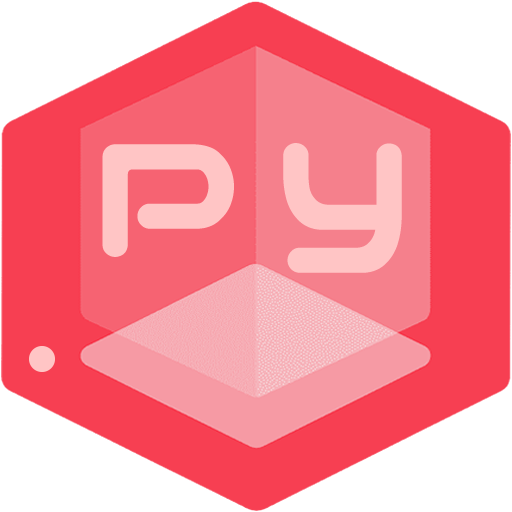Welcome to our comprehensive Python tutorial designed for beginners, interview preparation, Data Engineering, and Full Stack Development! In this video, we dive deep into Python collections and list comprehensions—all demonstrated in a VS Code Notebook. Whether you’re preparing for technical interviews or looking to sharpen your coding skills, this video is packed with hands-on examples and practical tips.
*What You’ll Learn:*
*Python Collections Scenarios:*
Reversing the Order of Words in a Sentence:
• Transform a sentence by reversing the sequence of its words.
Counting Word Occurrences:
• Two approaches: one returns a list of tuples and the other uses a dictionary.
Removing Duplicates from a List (Preserving Order):
• Filter out duplicate entries while keeping the original order intact.
Merging Two Lists and Removing Duplicates:
• Combine two lists into one unique list using set operations.
Finding the Intersection of Two Sets:
• Identify common elements shared between two sets.
Flattening a List of Lists:
• Convert a nested list structure into a single, flat list.
Sorting a Dictionary by Value:
• Order dictionary items by their values (both ascending and descending).
Finding the Most Frequent Element in a List:
• Determine which element(s) occur most frequently.
Grouping a List of Dictionaries by a Key:
• Organize records by grouping dictionaries based on a specific key (like student ID or category).
Creating a Dictionary from Two Parallel Lists:
• Merge two lists into a dictionary using the zip() function.
Partitioning a List Based on a Condition:
• Separate a list into two lists (e.g., evens vs. odds) based on a condition.
Rotating a List by K Positions:
• Shift the elements of a list to the right by a specified number of positions.
Extracting Unique Elements in a List:
• Filter out elements that appear exactly once.
Inverting a Dictionary:
• Swap keys and values in a dictionary.
Mexican Wave:
• Create a “wave” effect in a string by capitalizing one character at a time.
Computing Total Marks for Students:
• Group student records by ID and calculate each student’s total marks.
*Lecture on List Comprehensions:*
• Creating a List with Random Integers:
Use list comprehensions and the random module to generate a list of random numbers.
• Computing Squares of Each Integer:
Transform your list by computing the square of each number.
• Sum of Squares:
Use a generator expression within sum() for an efficient calculation.
• Filtering Even Integers:
Extract only the even numbers from your list with a simple condition.
• Getting Unique Even Integers:
Utilize set comprehensions to ensure uniqueness in your filtered list.
*Topics Covered:*
* 0:00 – Introduction to Python Interview Questions on Collections
* 0:07 – Overview of Lists, Dictionaries, Sets, and Tuples
* 0:28 – Why mastering collections is crucial for Python and Data Engineer interviews
* 0:40 – Overview of the 15 Python problems covered in this video
Python Problems on Collections
* 1:10 – Reversing the order of words in a sentence
* 2:20 – Counting word occurrences in a string
* 3:34 – Removing duplicates from a list while preserving order
* 4:45 – Merging two lists while removing duplicates
* 5:10 – Finding common elements between two sets
* 6:17 – Flattening a list of lists into a single list
* 8:00 – Sorting a dictionary by value
* 10:37 – Computing total marks for each student
* 13:54 – Finding the most frequent element in a list
* 16:16 – Grouping a list of dictionaries by a key
* 20:58 – Creating a dictionary from two parallel lists
* 26:31 – Grouping student records and computing totals
* 33:11 – Partitioning a list into even and odd numbers
* 37:33 – Rotating a list by a given number of positions
* 41:31 – Finding unique elements appearing exactly once in a list
Bonus Topics on Python Comprehensions
* 47:23 – Understanding Python Comprehensions
* 48:05 – List comprehensions with random integers
* 50:15 – Filtering even numbers and extracting unique values with comprehensions
* 54:18 – Key takeaways from Python comprehensions
Final Problem & Conclusion
* 59:20 – Generating a ‘Mexican Wave’ string transformation
* 1:01:30 – Final thoughts and next steps for Python interview prep
* 1:02:45 – Closing statements and practice recommendations
*Connect with Us:*
* Newsletter: http://notifyme.itversity.com
* LinkedIn: https://www.linkedin.com/company/itversity/
* Facebook: https://www.facebook.com/itversity
* Twitter: https://twitter.com/itversity
* Instagram: https://www.instagram.com/itversity/
Join this channel to get access to perks:
https://www.youtube.com/channel/UCakdSIPsJqiOLqylgoYmwQg/join
#dataengineering #cloudcomputing




コメント
Nicely Explained